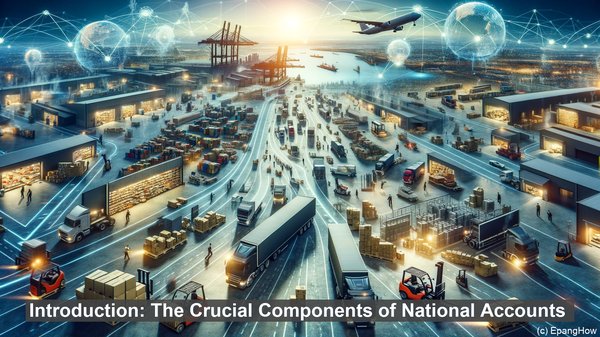Introduction: The Crucial Components of National Accounts
Hello everyone! Welcome to this insightful discussion on the difference between savings and investments in national accounts. When it comes to measuring a nation’s economic health, these two factors play a pivotal role. Let’s dive in!
Defining Savings: The Foundation of Financial Security
Savings, in the context of national accounts, refers to the portion of income that is not consumed but set aside for future use. It can take various forms, such as bank deposits, cash, or even investments. Savings serve as a safety net, providing individuals, businesses, and the government with resources during times of need.
Understanding Investments: Fueling Economic Growth
Investments, on the other hand, involve allocating resources with the expectation of generating future returns. In national accounts, investments are classified into different categories, including fixed capital formation, changes in inventories, and financial investments. These investments are crucial as they drive economic growth, create employment opportunities, and enhance productivity.
The Relationship: Interplay Between Savings and Investments
While savings and investments may seem distinct, they are interconnected in the economic ecosystem. Savings provide the necessary funds for investments, ensuring that there is a pool of resources available for productive ventures. At the same time, investments generate returns, which can then be channeled back into savings. This cyclical relationship is vital for maintaining a robust economic system.

National Accounts: The Quantification of Economic Activity
National accounts serve as the framework for measuring a nation’s economic activity. Through various indicators like the gross domestic product (GDP), savings, and investments, policymakers and economists can assess the overall health of an economy. These accounts also aid in formulating strategies and policies to address economic challenges and promote sustainable growth.

